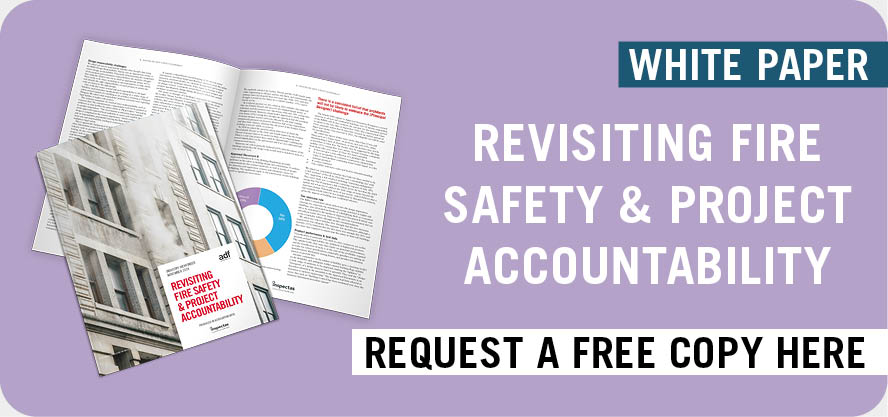In an architectural project, the architect is responsible for designing and planning a structure before disseminating the relevant information to the client, contractors and other associated parties. In its design stage, architecture can be a freeing and creative process that allows the architect to use their imagination. But transforming this imagination into a physical structure is often subject to many obstacles along the way. So, what common challenges do architects face during a project?
Initial design ideas
First and foremost, the architect has to use their creativity and imagination to conjure up a unique design. As with many tasks, starting is the most difficult phase of the process and once an idea has been established, proceedings become significantly easier. Once a vision is outlined, the architect can start to fill in the blanks and think about the finer details.
Communication with clients
The relationship between architect and client can often be a tricky one, particularly if they are from different countries. Communication barriers, both in terms of jargon and native languages, can make it difficult to convey ideas and information to and from the client. This can lead to an inefficient or unclear association between architect and client, which can dramatically impact the progress of the project.
Balancing design with cost-effectiveness
In an ideal world, an architect would be able to design freely without the constraints of budgets and practicalities. However, in many cases this is impossible because projects need to be completed in a certain time and within a set budget. Ultimately, this means that the design needs to be balanced with practicality and cost, which has a significant influence on the complexity of structures and the materials proposed by the architect.
Turning effective design into quality construction
One of the major project concerns for an architect is the manifestation of their design work in the hands of the contractor. Bad construction can be detrimental to the finished product, no matter how good the design is. Effective communication with contractors and the client is key to implementing a successful construction project.
There will always be discrepancies and compromises between materials proposed in the design and the materials used in the finished structure. For example, contractors may recommend using dry verge systems for the roofing. Open communication between all associated parties is the key to ensure everyone is satisfied with the final result.
Managing client expectations
Once a project is underway, managing client expectations and maintaining clear communication is the key to delivering a successful project. Building trust is an ongoing process and this comes with setting realistic and attainable deliverables.
Completing projects
Unfortunately, some projects don’t even move on from the design stage, or even worse, they are stopped mid-construction. This is an architect’s worst nightmare, and they can’t really do anything to prevent it. Being at the hands of the client and amid bureaucracy can be a tough place to be when the architecture is the focus of the architect.



